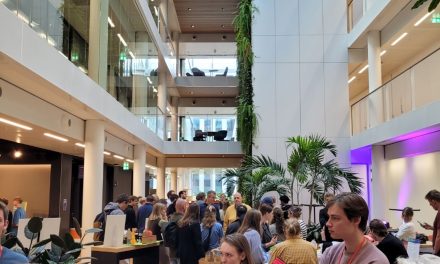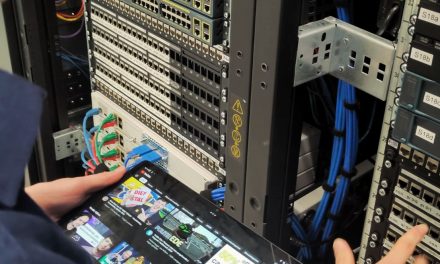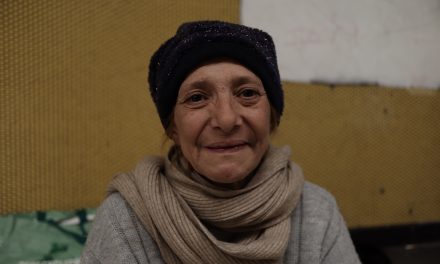Between all the bratwurst, techno, and Ampelmännchen, the city of Berlin is also home to one of the largest Turkish communities outside of Turkey. So much so that parts of the German capital have earned the nickname ‘Little Istanbul’. Walking through districts like Kreuzberg and Neukölln, you’ll find yourself surrounded by the sights, sounds, and scents reminiscent of Istanbul itself. Turkish grocery stores line the streets, banks and barber shops have Turkish names, and conversations in Turkish fill the air. Even the street signs, in some areas, appear in both German and Turkish.
Serkan Bingöl, a 37 year old teacher, is born and raised Berliner. His grandfather was one of the many gastarbeiters that came over to help rebuild the country. But even two generations later, Bingöl’s ties to Turkey and Turkish culture are still strong. While he hasn’t been there for a few years, he normally visits the country very regularly. “Berlin is not a typical German city; it has a high proportion of foreigners” says Bingöl. “Compared to other cities, it doesn’t always feel like a traditional German place. Among the foreign population, Turks make up the largest group.” As of 2023, Turks in Berlin make up a total of 191,397 residents, but it is important to note that these numbers are calculated by only looking at the birthplace of these individuals, rather than their ethnicity, which means that there are much more Turks living in Berlin than statistics show.
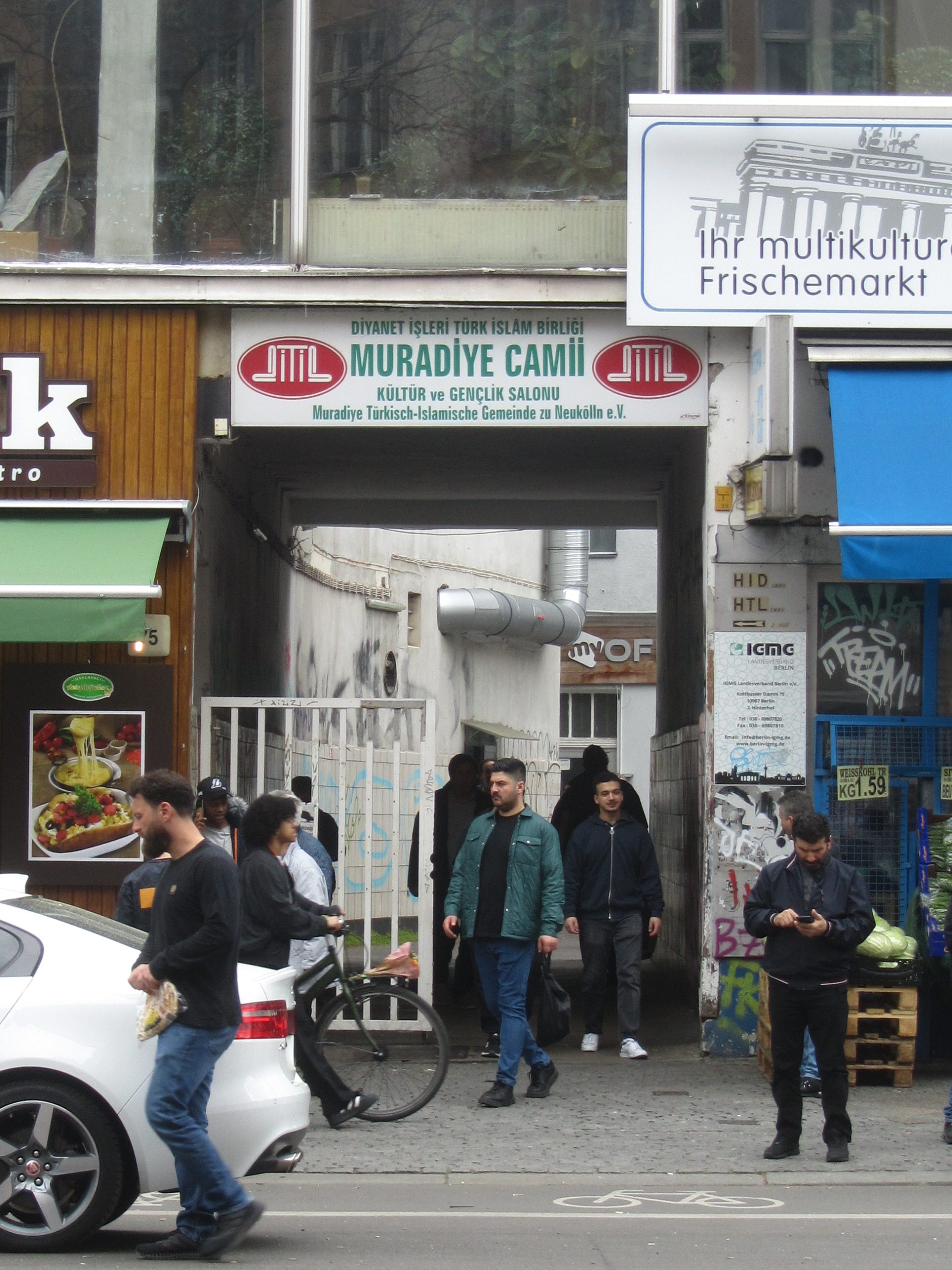
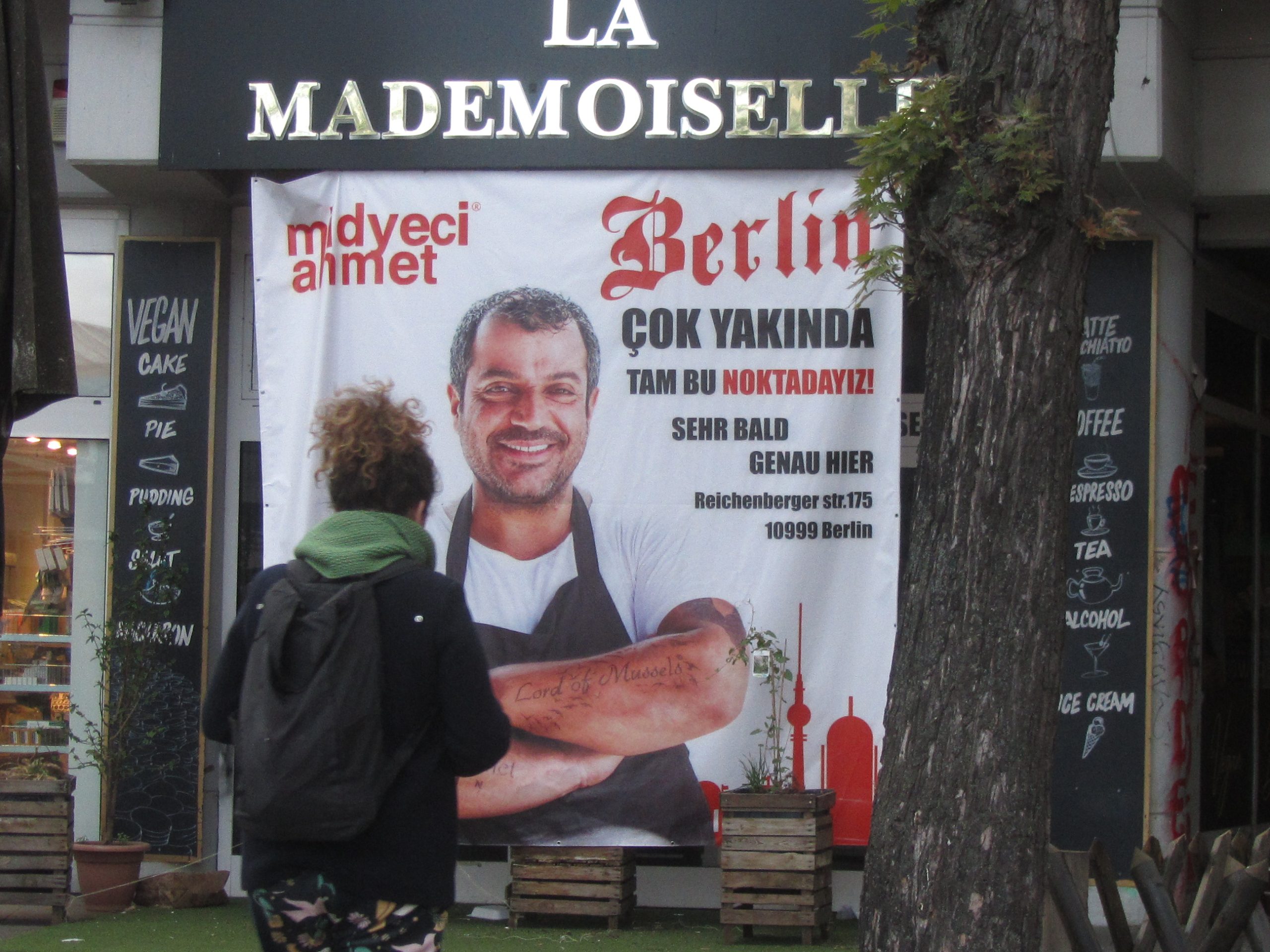
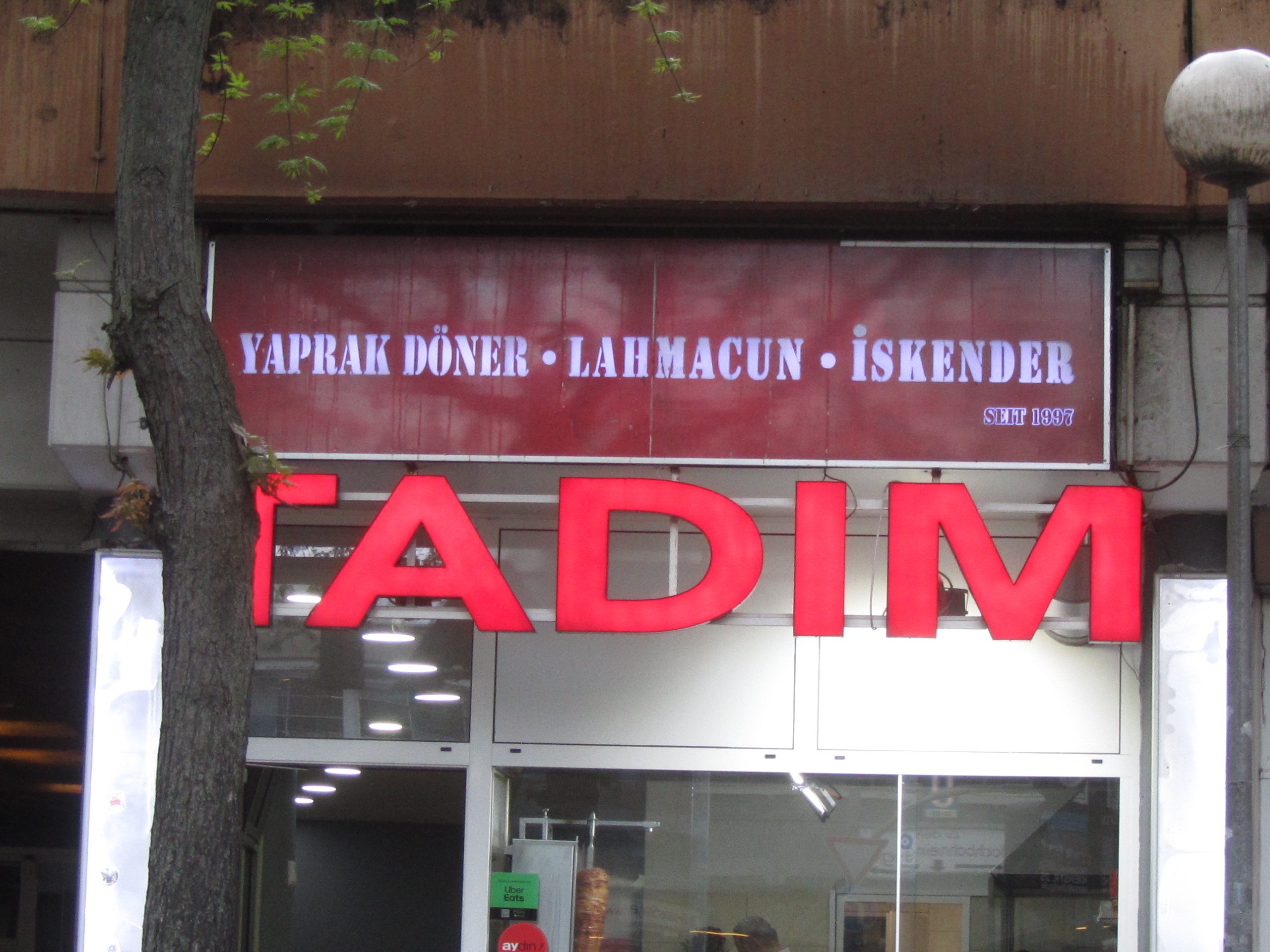

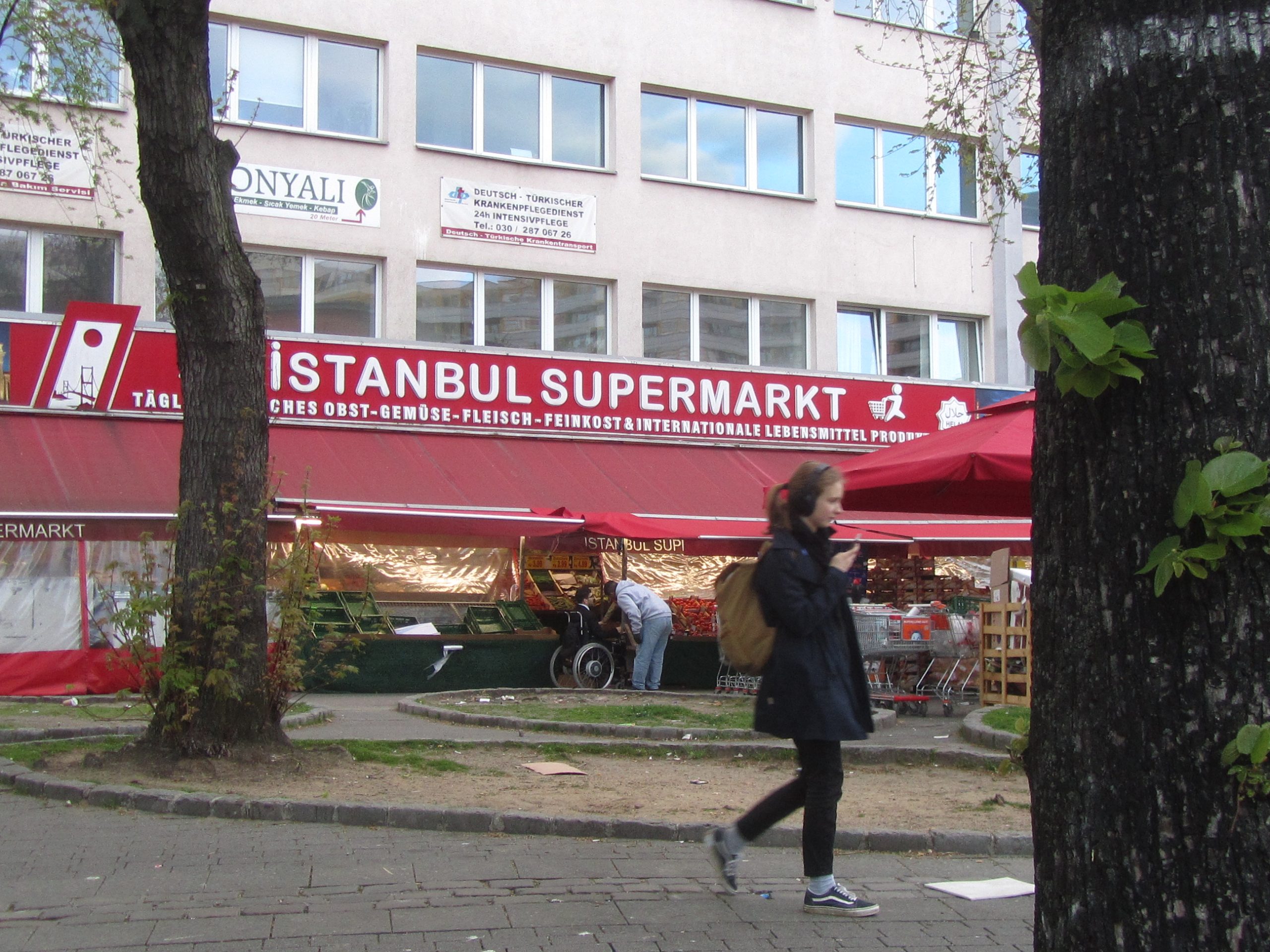
In some neighbourhoods, the community is so ingrained, that you can easily get by without ever having to speak German. “You can go shopping at Turkish butchers and supermarkets, see a Turkish doctor, and even visit a Turkish dentist. You can function entirely within the Turkish community.” However, Bingöl believes that this does create a barrier for integration. “If you want to learn the language and integrate, this environment makes it harder. Since you don’t need to speak German, you might not put in the effort to learn. For example, my mother has lived here for decades but knows very little German because she never needed to use it.”
A new diverse subculture
It’s not just the people and businesses that intertwine; the food, for example, does too. Berlin, after all, is where the modern döner kebab was invented. There is an entirely new subculture that has roots tracing back all the way to the 1960’s, when Germany and The Netherlands invited Turkish ‘Gastarbeiters’ (guest workers) to help rebuild the post-war economy. “They were initially meant to stay for a short period, and then go back, but many stayed”, says Furkan Ertaş, history teacher and third generation descendant of a Turkish guestworker. “The pull factor to Germany and the Netherlands was just too strong. Especially economically speaking, it was way better to be here than back in Turkey. So they stayed.”
The Turkish population in itself is also very diverse — there are conservatives, liberals, left-wing and right-wing people, religious individuals, and secular ones. “There have been many waves of Turkish migration since the sixties”, says Ertaş. Initially it was people from the countryside, then came a lot of Kurdish people, and in the 2000s, a lot of political immigrants. “And they usually group together, just like any other group would.” However, some neighbourhoods are more Turkish than others. In Bingöl’s primary school for example, until 4th or 5th grade, he was the only Turkish student in his class. “If I had studied in Kreuzberg, for instance, at least half the students would have been Turkish”, he states.
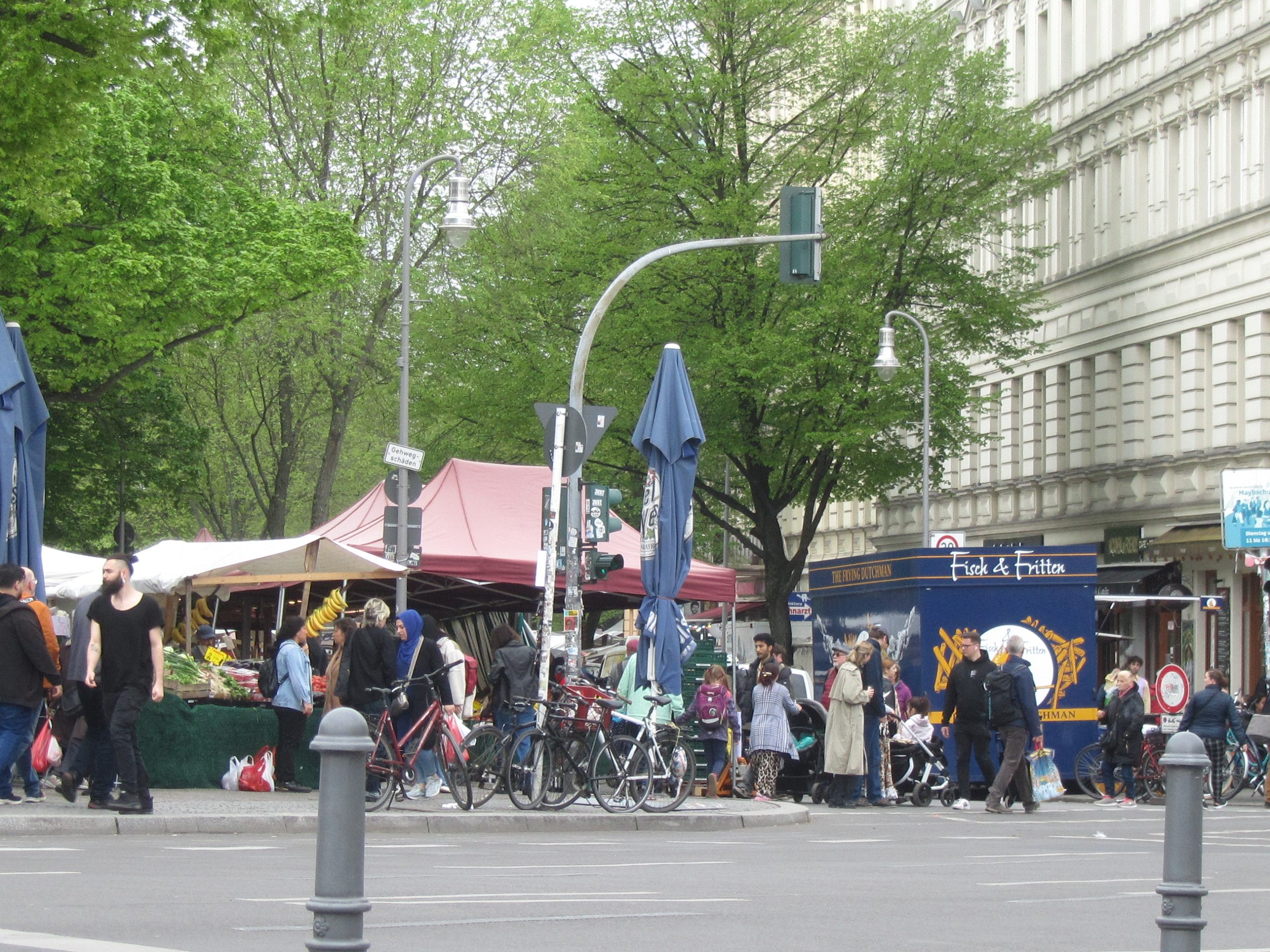
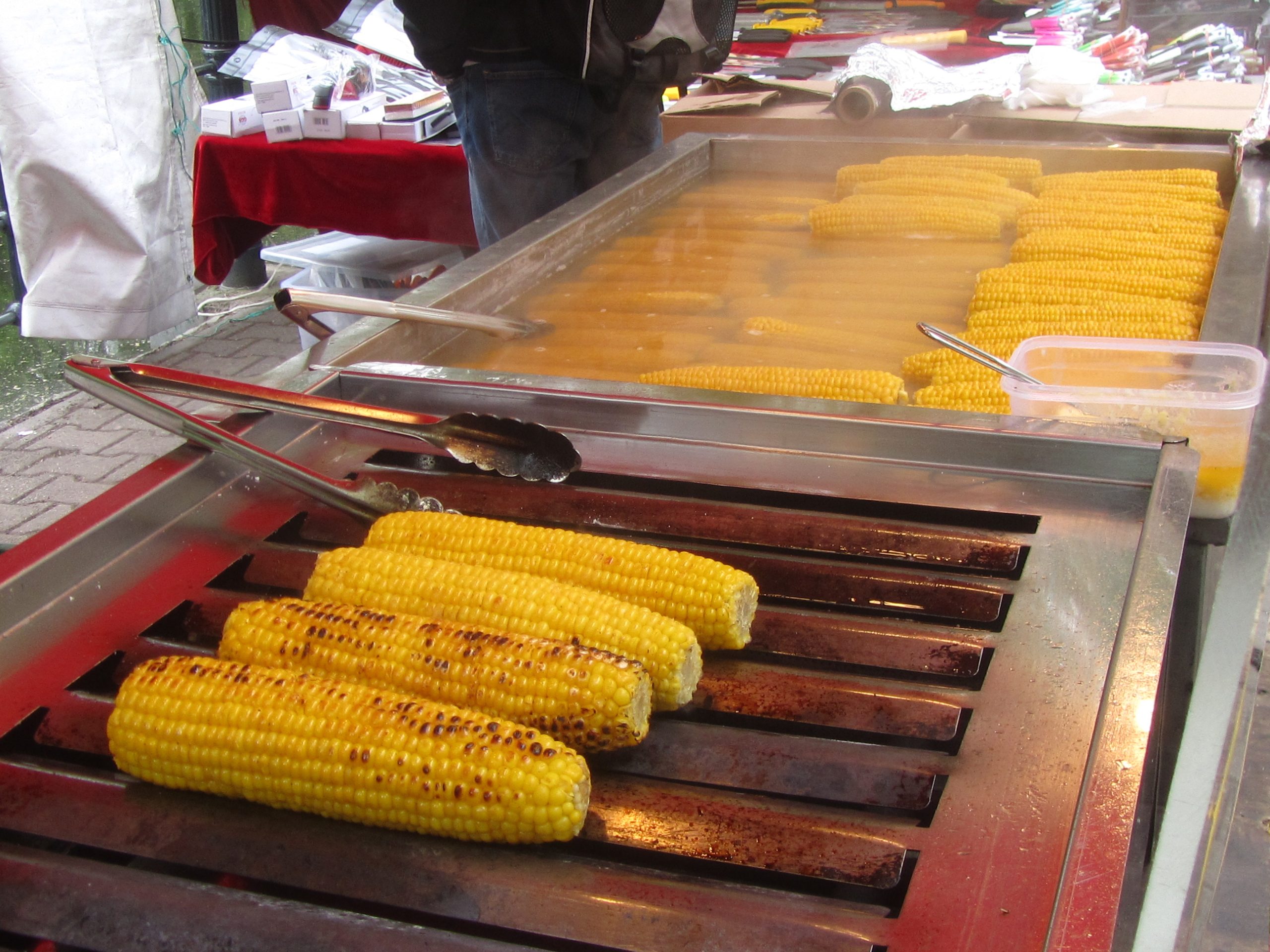
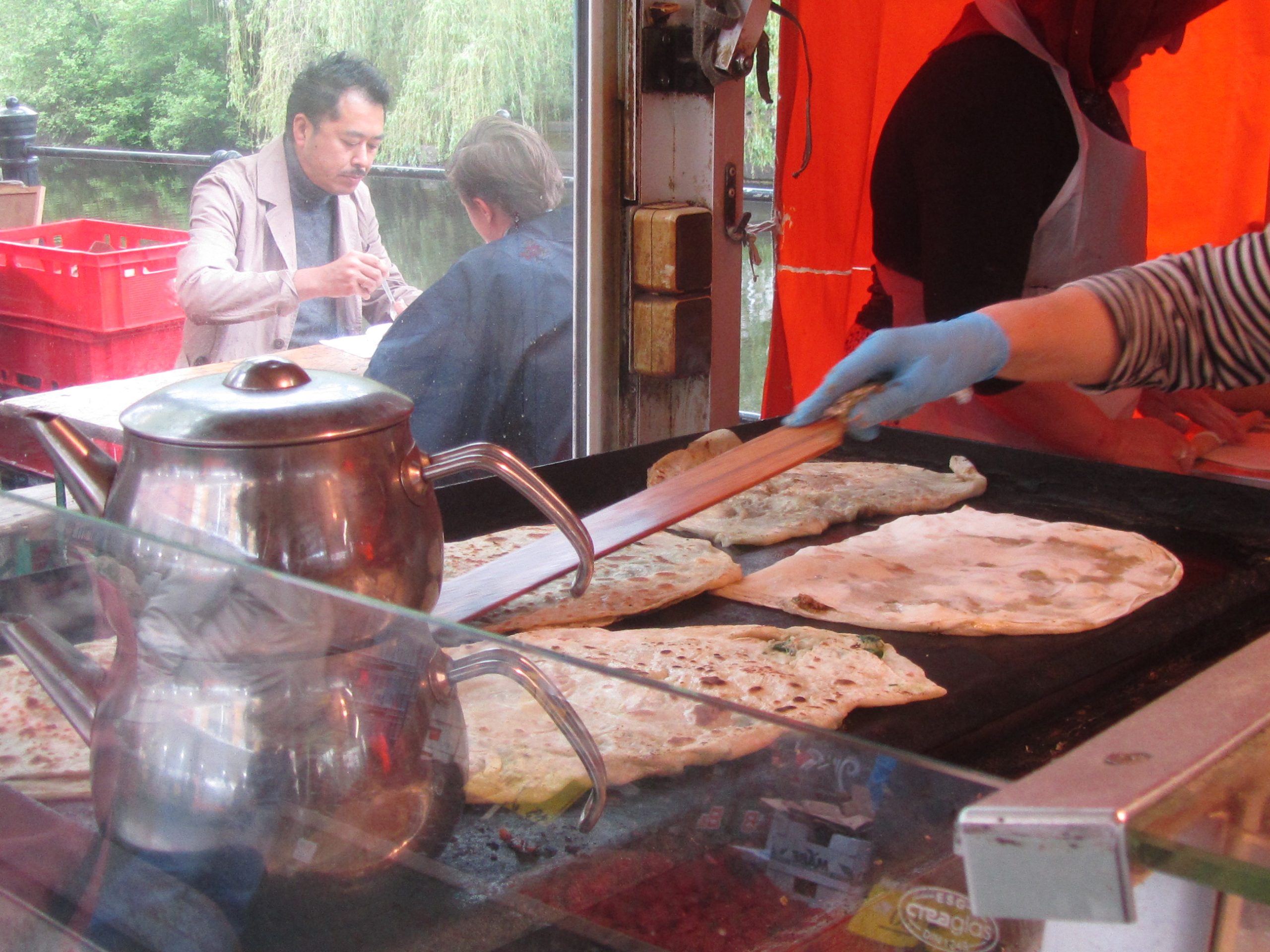
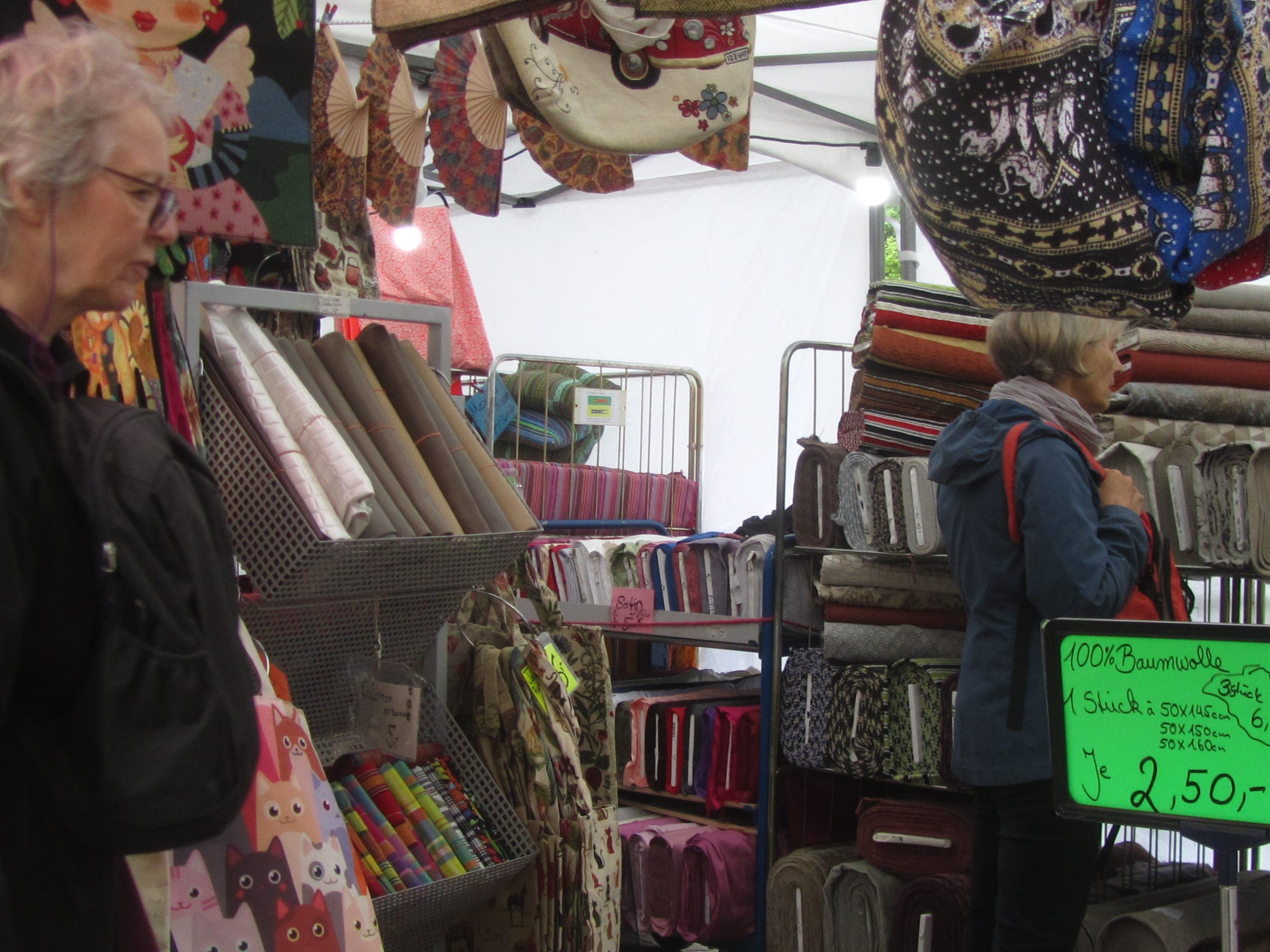
Integration in the city
Besides teaching, Bingöl also volunteers as chairman for a refugee aid organization called Aktion für Flüchtlingshilfe. They organise integration programs for incoming refugees and various social events to encourage the local community to welcome refugees positively, among other things. One of these events is a ‘language café’, where native German speakers and refugees meet and discuss current events, politics and other topics in a high-level German setting. “We don’t just have basic conversations; we engage in proper discussions to help them integrate better.”
“I can state with certainty that about fifty percent of the first generation immigrants barely speak a word of German, because they simply don’t have to”, states Ertaş. “However, I do believe those borders have been blurred over the years, into a new group.” Turkish descendants now go outside of that Turkish bubble more often. They work government jobs, are in politics and make a big part of German society, all while still staying in touch with their Turkish roots, just like Serkan Bingöl. And so, over the years, Berlin’s Turkish society has grown into a subculture of its own: Turkish-Berliners.

